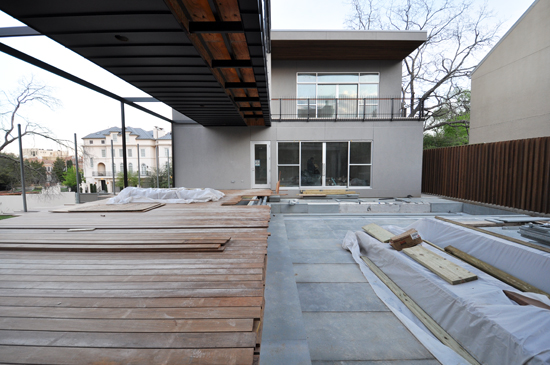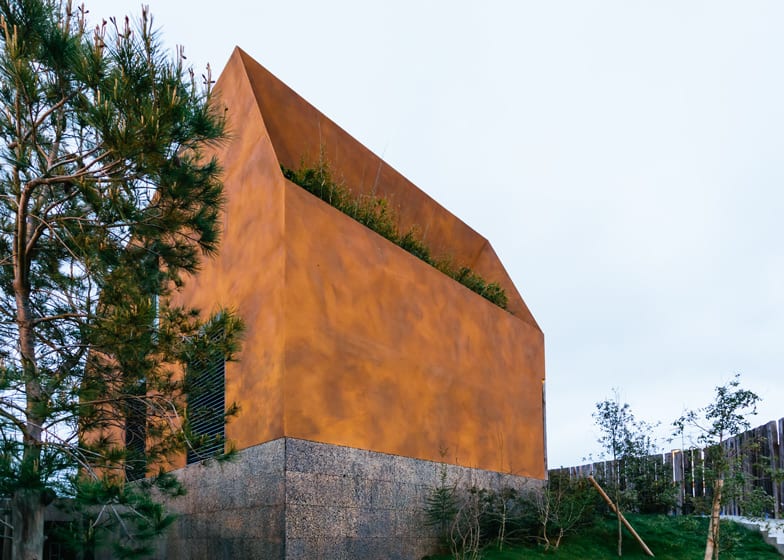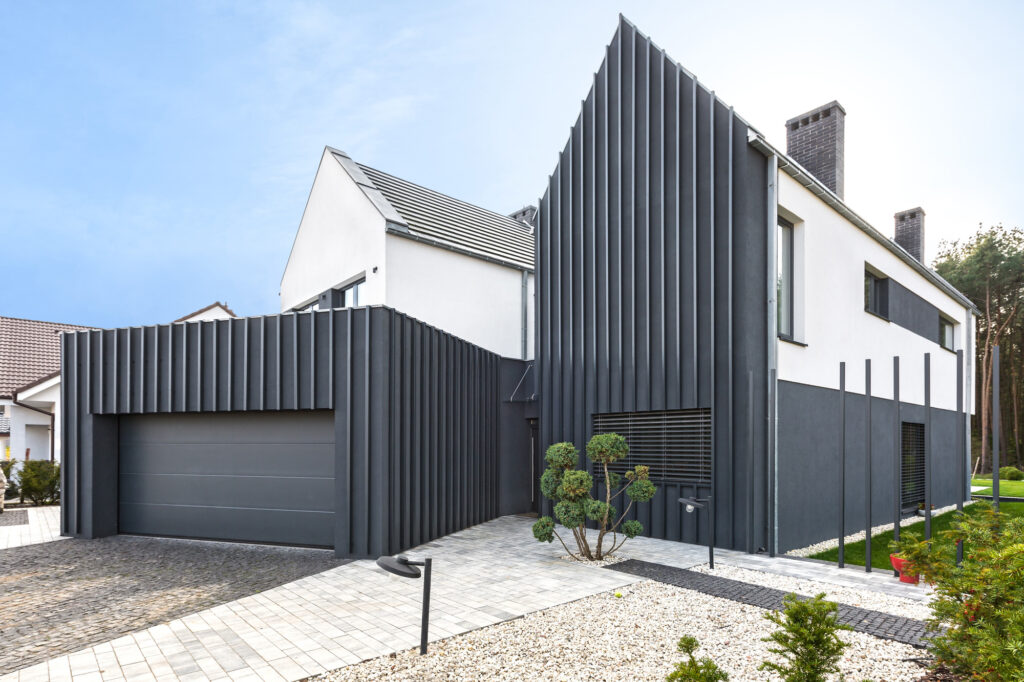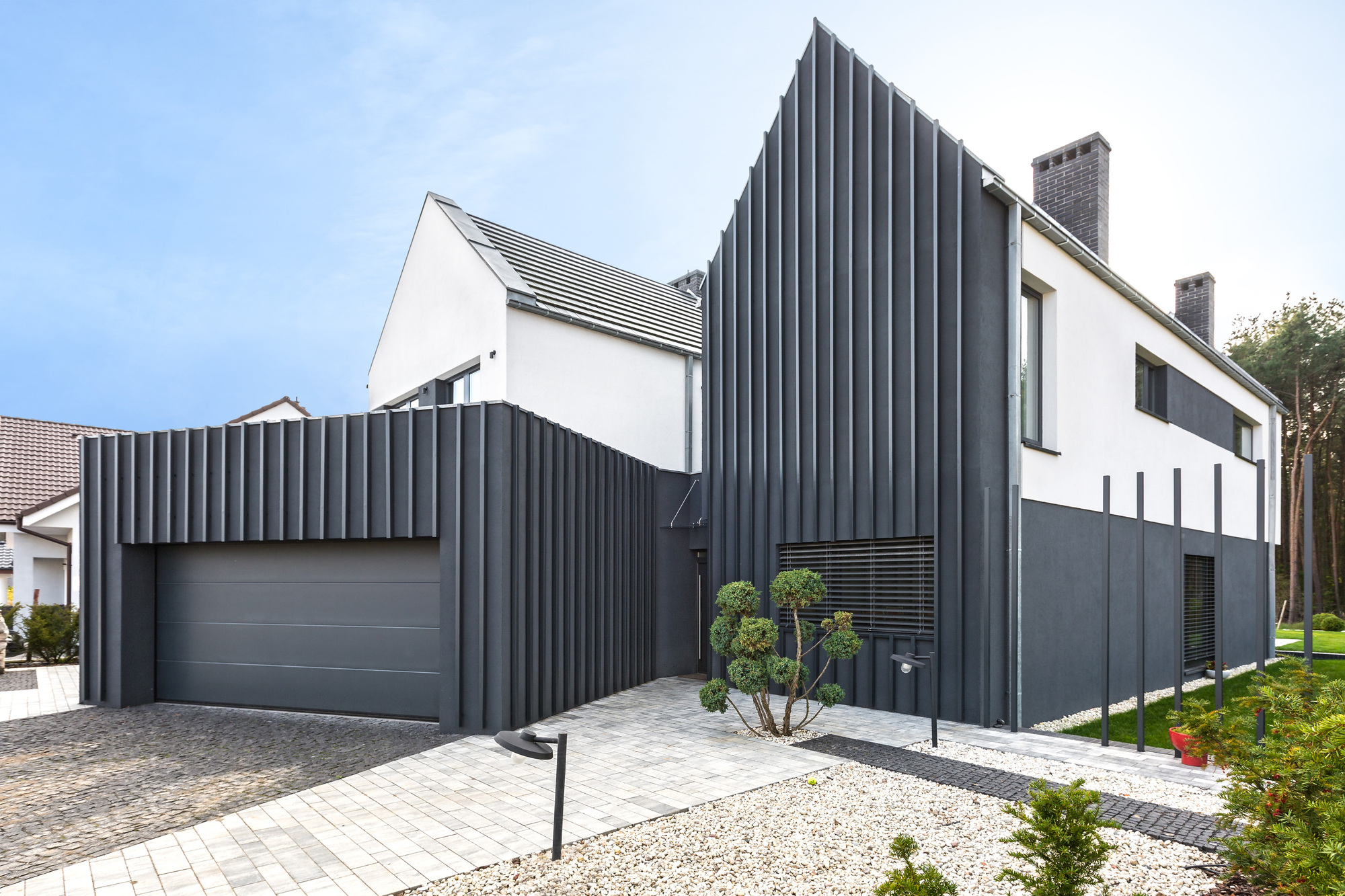Looking to expand your knowledge of fences and incorporate them into modern architecture? Look no further than the “45. Incorporating Fencing into Modern Architecture” blog. With a comprehensive range of topics, this blog covers different fence types, sizes, shapes, and materials, along with their suitability for various purposes. Whether you’re seeking privacy, security, or aesthetics, this blog offers valuable insights and practical advice to make informed decisions. Plus, with a list of 200 relevant topics, you’ll have plenty to explore. So, get ready to enhance your understanding of fences and their role in modern architecture.
Introduction
When it comes to modern architecture, there are numerous elements that can be incorporated to enhance the overall design and functionality of a space. One such element is fencing. Fencing has evolved from its traditional role of providing security and privacy to becoming a design feature that adds aesthetic appeal to a property. From enhancing privacy to creating boundaries, and from integrating with landscape design to utilizing innovative materials and technology, fencing has become an integral part of modern architectural design. In this article, we will explore the history of fencing in architecture, the benefits of incorporating fencing into modern architecture, and dive into various factors, popular fence types, and maintenance tips for different purposes.

History of Fencing in Architecture
Fencing has been used in architecture for centuries, dating back to ancient times. The earliest known use of fencing in architecture can be traced back to ancient civilizations such as the Egyptians and the Ancient Greeks. In these cultures, fences were primarily used for military purposes, providing security and protection against potential invaders.
Over time, the use of fencing expanded beyond military applications. During the Renaissance period, decorative fencing started to appear in the gardens of wealthy estates. These ornamental fences served as a way to enclose outdoor spaces and add a touch of elegance to the overall landscape design.
Throughout the centuries, fencing continued to evolve, with different fence types, materials, and designs being introduced to suit various architectural styles and purposes. Today, fencing has become an essential element in modern architecture, offering a range of benefits beyond just security and privacy.

Benefits of Incorporating Fencing into Modern Architecture
Incorporating fencing into modern architecture has numerous benefits. Let’s explore some of the key advantages of using fencing in architectural design.
1. Enhancing Privacy
Privacy is a crucial element for many property owners, especially in urban areas. Fencing can provide a sense of privacy by creating a physical barrier between your property and the outside world. Whether it’s to shield your backyard from prying eyes or to create a secluded outdoor space, privacy fencing is an effective solution.
Factors to Consider for Privacy Fencing
When considering privacy fencing, several factors should be taken into account. Determining the desired level of privacy, considering local regulations and restrictions, and assessing the maintenance requirements are essential considerations.
Popular Fence Types for Privacy
There are several popular fence types that are commonly used for privacy purposes. These include solid wood fences, composite fencing, vinyl fences, and metal fences with privacy screens. Each type has its own set of advantages and considerations.
Maintenance Tips for Privacy Fences
To ensure the longevity and effectiveness of privacy fences, regular maintenance is required. This includes periodic cleaning, inspections for any damage or wear, and timely repairs. Proper maintenance will not only keep your privacy fences in excellent condition but also contribute to the overall aesthetic of your property.
2. Ensuring Security
Security is another primary benefit of incorporating fencing into modern architecture. Fences act as a deterrent for potential intruders and provide an extra layer of protection for your property. Whether it’s a residential or commercial space, security fencing is essential to create a secure environment.
Factors to Consider for Security Fencing
When considering security fencing, several factors must be taken into consideration. The level of security required, the material and design of the fence, access points, and integration with other security features are all important factors to consider.
Popular Fence Types for Security
There are various fence types that are popularly used for security purposes. Chain-link fences, wrought-iron fences, aluminum fences with spear tops, and electric fences are some of the commonly chosen options. Each type offers different levels of security and aesthetic appeal, depending on your needs and preferences.
Maintenance Tips for Security Fences
Maintaining security fences involves regular inspections, repairing any damage, and ensuring that the security features of the fence, such as locks or sensors, are in proper working condition. Additionally, regular cleaning and repainting can help to maintain the appearance and integrity of the fence.
3. Enclosing Backyards and Outdoor Spaces
Backyards and outdoor spaces are an extension of a property’s living area. Fencing plays a crucial role in enclosing these spaces, ensuring privacy, and defining the boundaries of the property.
Factors to Consider for Backyard Fencing
When selecting a fence for your backyard, several factors should be taken into account. These include the desired level of privacy, the style and theme of the overall landscape design, the budget constraints, and the maintenance requirements.
Popular Fence Types for Backyards
There are various fence types that are commonly used to enclose backyards and outdoor spaces. Wooden fences, vinyl fences, aluminum fences, and bamboo fences are some of the popular options. Each type offers a unique combination of privacy, aesthetics, and durability.
Maintenance Tips for Backyard Fences
To ensure the longevity of backyard fences, regular maintenance is essential. This includes cleaning the fence, inspecting for any damage or wear, and treating the fence with appropriate sealants or coatings to protect it from environmental factors such as moisture and UV rays.
4. Adding Decorative Elements to Properties
In addition to providing practical functions, fences can also serve decorative purposes, adding aesthetic appeal to your property. Decorative fencing can complement the overall architectural style of a property and enhance its visual appeal.
Factors to Consider for Decorative Fencing
When considering decorative fencing, factors such as the architectural style of the property, the desired aesthetic effect, and the compatibility with other design elements need to be considered. It is important to strike a balance between functionality and visual appeal.
Popular Fence Types for Decoration
There are various fence types that are popularly used for decorative purposes. Ornamental iron fences, picket fences, and lattice fences are commonly chosen for their decorative elements. These fences can be customized to incorporate intricate designs and patterns, adding a unique charm to the property.
Maintenance Tips for Decorative Fences
Proper maintenance is crucial for preserving the decorative elements of fences. This includes regular cleaning, repainting or resealing as needed, and addressing any damage or deterioration promptly. By keeping up with the maintenance, decorative fences can maintain their beauty and functionality for years to come.
5. Creating Boundaries and Divisions
Fences are an effective way to establish clear boundaries and divisions within a property. Whether it’s separating different functional areas, marking property lines, or defining specific zones, fencing can help create a well-organized and visually appealing space.
Factors to Consider for Boundary Fencing
When considering boundary fencing, factors such as local regulations, neighborhood aesthetics, and the desired level of visibility need to be taken into account. It’s important to choose a fence that not only establishes boundaries but also enhances the overall design and coherence of the property.
Popular Fence Types for Boundaries
There are various fence types that are commonly used for establishing boundaries. Chain-link fences, wooden fences, and low-rise metal fences are often chosen for their versatility and practicality. These fences effectively define the boundaries while allowing visibility as desired.
Maintenance Tips for Boundary Fences
Maintenance of boundary fences includes regular inspections for any damage or wear, ensuring that the fence is in proper alignment, and addressing any issues that arise promptly. Additionally, keeping the fence clean and aesthetically pleasing contributes to the overall appeal of the property.

Conclusion
Incorporating fencing into modern architecture offers numerous benefits, including enhanced privacy, security, definition of spaces, aesthetic appeal, integration with landscape design, and use of innovative materials and technology. By carefully considering the factors, selecting appropriate fence types, and diligently maintaining them, property owners can enjoy the functional and visual advantages that fencing brings to their architectural designs. Whether it’s for residential or commercial purposes, fences have become an integral part of modern architectural design, providing practicality, beauty, and versatility to properties around the world.

